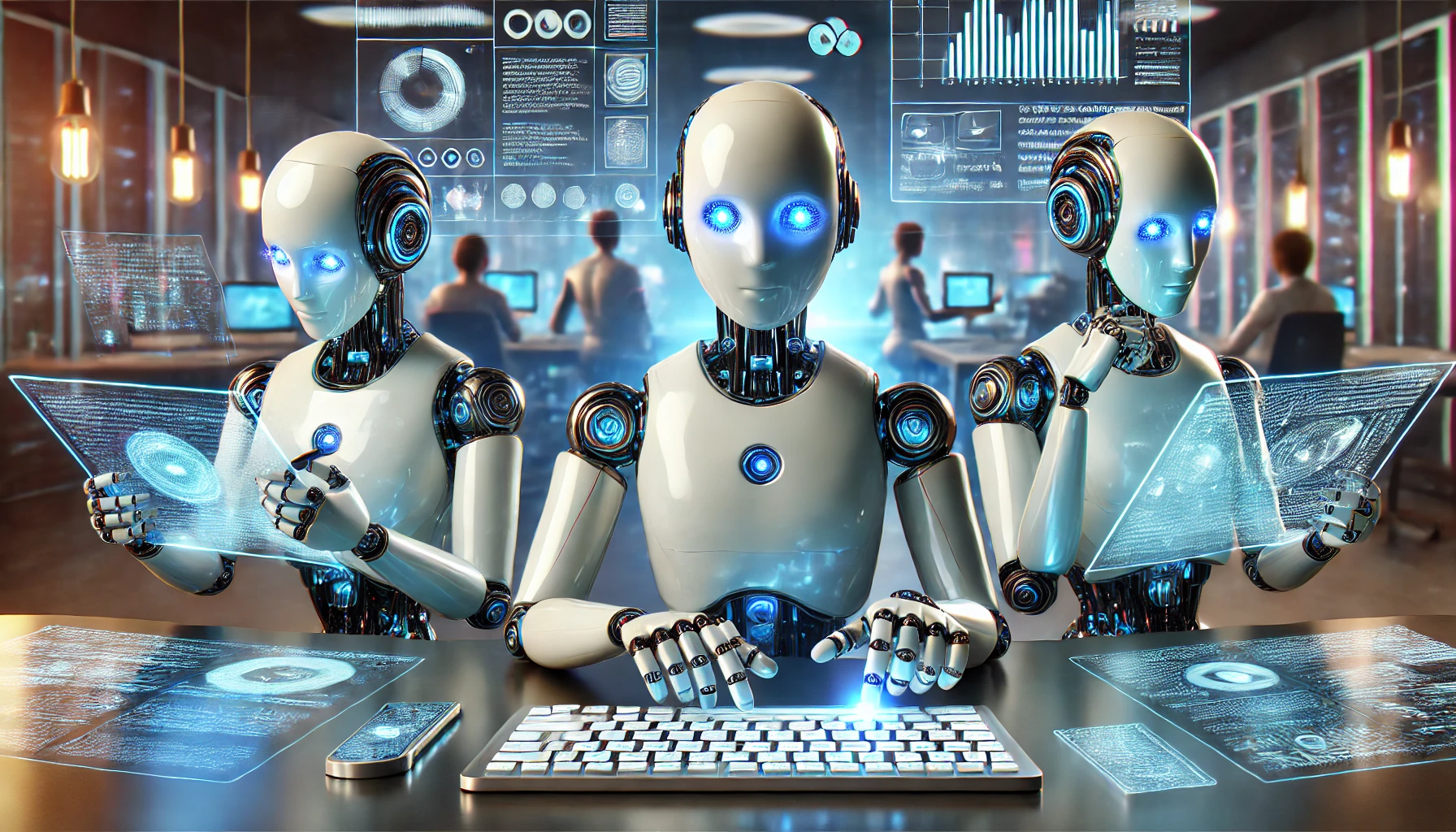In the rapidly evolving landscape of artificial intelligence (AI), two concepts are beginning to reshape how we think about intelligent machines: Agentic AI and Autonomous Systems. As we build increasingly complex AI models and systems capable of independent thought and action, understanding these ideas is crucial—not just for technologists, but for businesses, policymakers, and anyone interested in the future of society.
In this article, we’ll dive deep into what Agentic AI and Autonomous Systems are, why they matter, and how they are already influencing industries and daily life.
What Is Agentic AI?
At its core, Agentic AI refers to AI systems that behave like agents. An agent, in the philosophical and computer science sense, is an entity that can:
-
Set goals,
-
Formulate plans to achieve those goals,
-
Make decisions based on its environment,
-
Adapt strategies when conditions change,
-
Take actions in pursuit of its objectives.
Unlike traditional AI models that simply respond to prompts (e.g., ChatGPT answering a question), agentic AI systems initiate tasks, pursue goals, and learn dynamically as they interact with their environment.
Agentic AI combines several key capabilities:
-
Long-term planning: Developing multi-step plans toward achieving objectives.
-
Memory: Remembering past interactions to inform future decisions.
-
Reasoning: Evaluating complex options to choose optimal actions.
-
Adaptation: Changing behavior based on feedback or new information.
Example:
Imagine an AI personal assistant that doesn’t just respond to your calendar updates but actively schedules meetings, negotiates times with other participants, anticipates conflicts, and even reminds you to prepare based on context from your email history. That’s agentic AI in action.
What Are Autonomous Systems?
Autonomous Systems are machines or software programs capable of performing tasks independently, often without human intervention. They observe the world, make decisions based on observations, and act—continuously refining their behavior based on outcomes.
Autonomous systems can range from physical devices (like self-driving cars) to digital entities (like automated trading bots). Their key traits include:
-
Perception: Gathering data from sensors (or digital inputs).
-
Decision-making: Using algorithms or AI models to decide the next move.
-
Execution: Physically or digitally acting on decisions.
-
Learning: Improving performance over time (often through machine learning).
Example:
A drone that navigates a disaster zone to find survivors, avoiding obstacles in real-time without remote control, exemplifies an autonomous system.
Agentic AI vs. Autonomous Systems: What’s the Difference?
While both concepts involve independence, agentic AI is primarily about the internal cognitive architecture (goal-setting, planning, reasoning), whereas autonomous systems are about acting independently in the real or digital world.
In short:
-
Agentic AI = Thinking independently.
-
Autonomous Systems = Acting independently.
They overlap significantly, though. The most powerful autonomous systems will almost certainly be agentic internally, capable of setting goals, planning, and adapting intelligently.
Why Agentic AI and Autonomous Systems Matter
-
Increased Productivity
Agentic AI can manage complex workflows with minimal human supervision, allowing people to focus on higher-level strategy and creativity. -
Scalability
Businesses can deploy autonomous systems that operate continuously, globally, and efficiently without proportional increases in human oversight. -
Enhanced Problem-Solving
These systems can tackle intricate, dynamic problems in areas like climate change modeling, supply chain logistics, and healthcare diagnostics. -
Human-AI Collaboration
Agentic AI won’t just follow orders; it will suggest strategies, co-create solutions, and sometimes challenge human assumptions—leading to richer, more dynamic collaboration.
Challenges and Risks
While the benefits are tantalizing, there are significant challenges ahead:
-
Alignment:
Ensuring that an agent’s goals stay aligned with human values and intentions is extremely difficult. Misaligned agentic AI could optimize for unintended outcomes. -
Safety:
Fully autonomous systems operating in the physical world (e.g., cars, drones) pose risks if they malfunction or misinterpret environments. -
Accountability:
Who is responsible when an autonomous system makes a harmful decision? Law and policy will need to evolve rapidly to keep up. -
Ethical Considerations:
Autonomous agents might make choices that humans find unacceptable or unjust, especially when operating at scales or speeds beyond human oversight.
Real-World Examples Today
-
AutoGPT and BabyAGI:
These experimental open-source projects attempt to build agentic systems that can autonomously complete user-defined goals through planning and iteration. -
Tesla’s Full Self-Driving (FSD) Mode:
An example of an autonomous system that continues to evolve toward full independence on the road. -
OpenAI’s GPT with Memory and Planning:
Future versions of models like GPT are incorporating agentic features, allowing them to plan longer-term interactions with users. -
Amazon Warehouse Robots:
Highly autonomous systems that navigate warehouses, pick items, and optimize inventory movement with minimal human input.
The Future of Agentic AI and Autonomous Systems
Looking ahead, these technologies will become even more sophisticated:
-
Personal AI Agents that manage your digital life entirely.
-
Scientific Discovery Systems that generate, test, and iterate hypotheses without human direction.
-
Autonomous Urban Infrastructure where traffic, energy, and logistics systems coordinate themselves without centralized control.
But with power comes responsibility. The most pressing question isn’t whether we’ll create agentic and autonomous systems (we already are)—it’s how wisely we’ll manage, align, and integrate them into human society.
Final Thoughts
Agentic AI and autonomous systems represent a new frontier in the evolution of technology—one where intelligence isn’t just reactive but proactive, adaptive, and resilient. They promise vast benefits but also carry profound risks.
Understanding and shaping these systems wisely will be one of the defining challenges—and opportunities—of our time.




